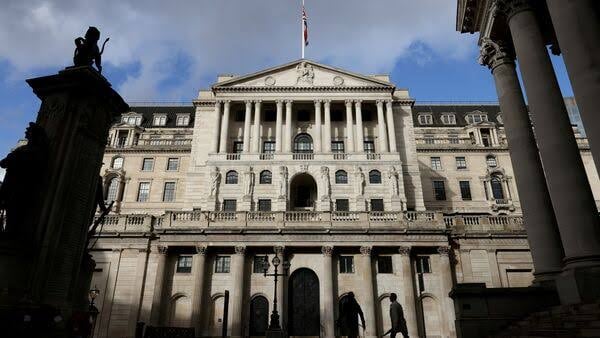UK Inflation Hits 2.3% on Back of High Energy Prices

UK inflation surged to 2.3% in October, its highest in six months, as rising energy bills led to a jump in consumer prices. This unexpected leap from September’s 1.7% was more than the Bank of England's 2% target and dampened expectations for further interest rate cuts this year.
Core inflation, which excludes volatile items like energy and food, inched up to 3.3%, while services inflation rose slightly to 5%. Services represent roughly 80% of the UK economy and also saw stubbornly high prices, keeping overall inflation high.
October’s inflation rate complicates the Bank of England’s path for monetary policy. With the benchmark rate already at 4.75%, analysts expect the bank to hold steady during its December meeting unless November's data delivers a major downside surprise. Analysts are expecting only two more quarter-point rate cuts in 2025, with a 40% chance of a third.
Around the world, central banks have eased rates as inflation recedes from pandemic highs, but borrowing costs are unlikely to return to near-zero levels.
What Does This Mean for Me?
Meanwhile, international developments add uncertainty to a muddy picture. The re-election of Donald Trump in the US has revived concerns over inflationary policies like tax cuts and import tariffs, which would inevitably extend to global markets. This ever-changing landscape suggests that UK rates will likely remain higher for longer than previously thought, dashing hopes for rapid monetary easing.
More News
.webp)
Japan’s Rate Shift Is Rippling Through Global Bond Markets

China’s Growth Engine Stalls as Consumers and Investors Pull Back

Egypt’s Recovery Gains Traction as Household Pressure Lingers

OECD Warns AI and Tariffs Will Test the Global Economy

Zero Tariffs, Higher Drug Bills as US and UK Reset Pharma Trade

Catastrophe Bonds Go Global as Climate Risk Meets Yield Hunting
.webp)
Canada Shields Steel and Lumber Industries From Tariffs
